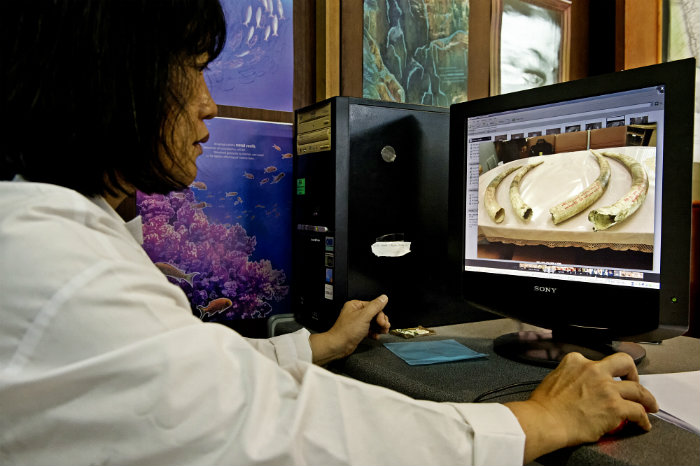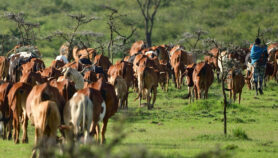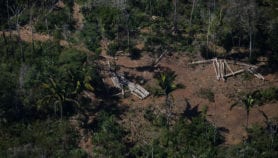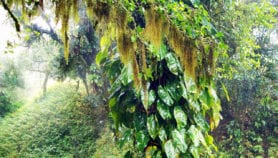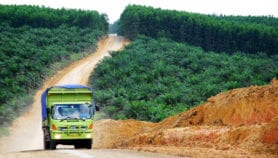By: Kevin Pollock
Send to a friend
The details you provide on this page will not be used to send unsolicited email, and will not be sold to a 3rd party. See privacy policy.
If you are unable to listen to this audio, please update your browser or click here to download the file [15.1MB].
Ivory is a valuable commodity on the black market, encouraging the killing of elephants for their tusks. Poaching has many costs to local communities, including a high human toll, as armed poachers kill not just the endangered animals but also anyone standing in their way.
One major hurdle to being able to stop the slaughter of elephants is that poaching patterns can be complex and difficult to pin down as major ivory seizures can contain tusks from different areas. But much like detectives use DNA from a crime scene to identify potential suspects from a genetic database, wildlife investigators are now using genetic fingerprinting to figure out where elephant poaching is happening. This audio feature examines how mapping slight differences in the DNA of elephant groups all over Africa is helping investigators detect poaching hotspots and protect the mammals from the ivory trade.


